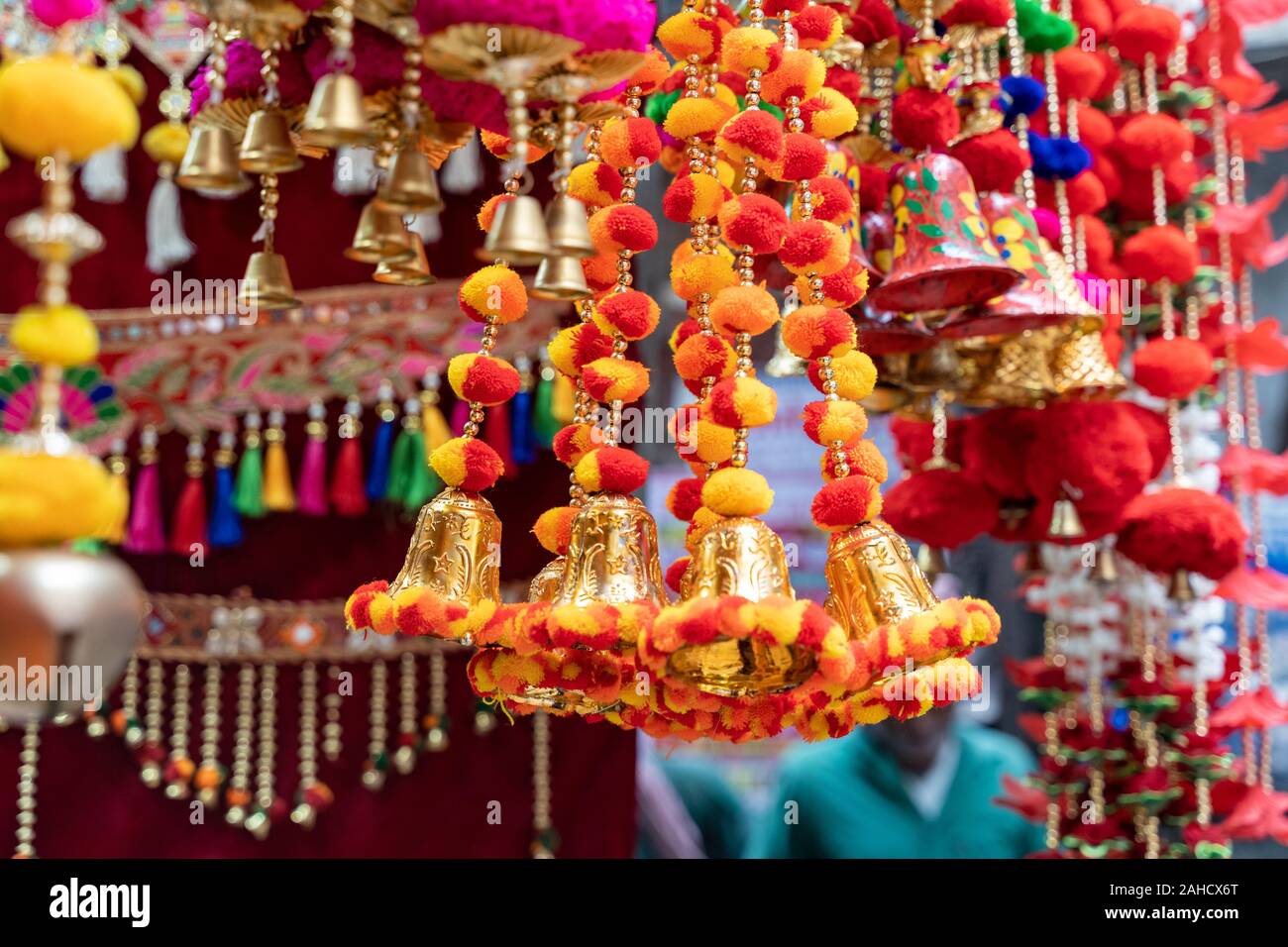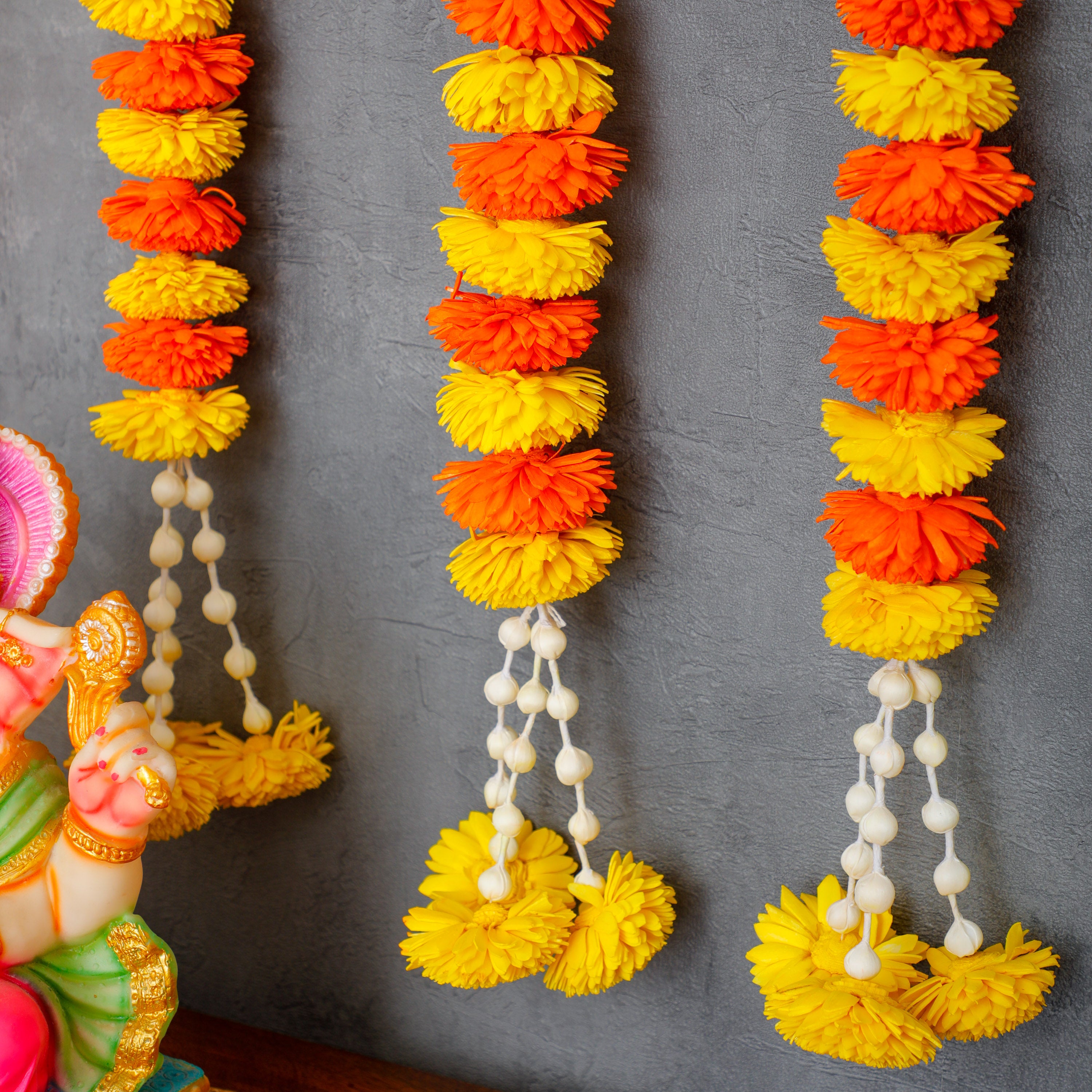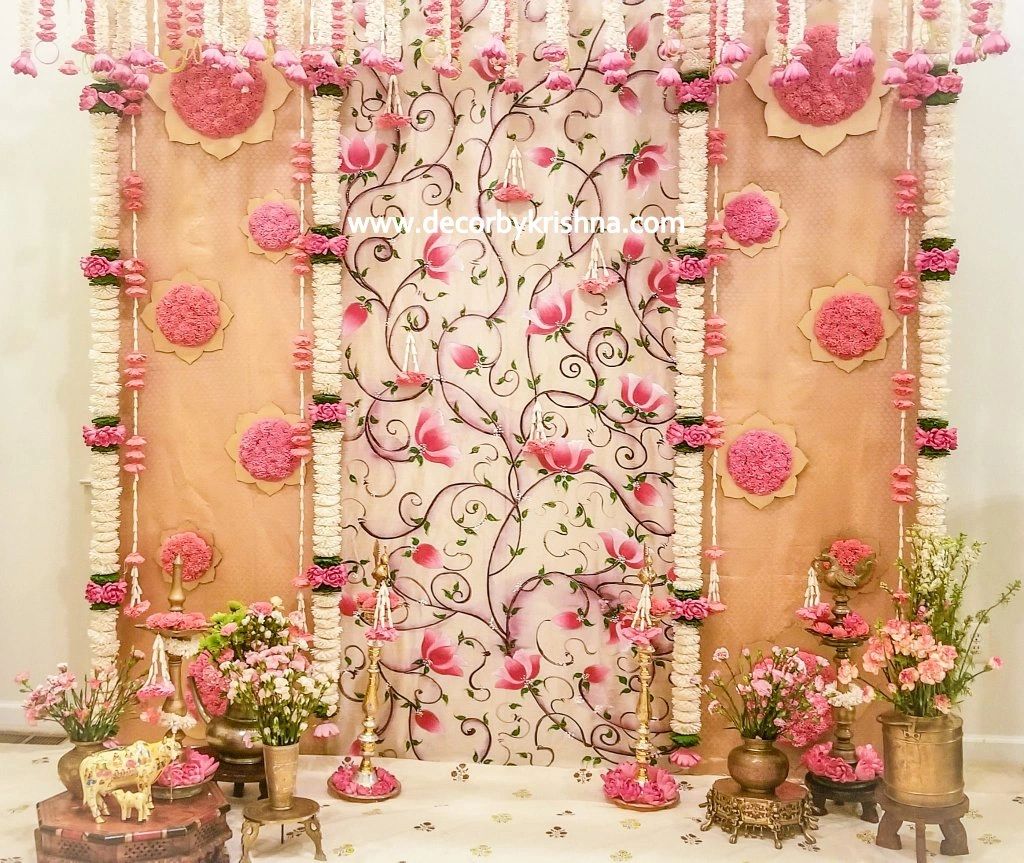Welcome to the colorful world of Indian decorations! If you’re looking to infuse warmth, history, and vibrancy into your living spaces, Indian decor provides a rich tapestry of options to choose from. Drawing from my personal experiences and extensive research, this comprehensive guide will lead you through various styles, materials, and techniques that define Indian decorations, ensuring that you can create a space that reflects your unique personality. Let’s dive in!
Understanding Indian Decorations
Indian decorations encompass a wide range of styles, colors, and materials that stem from the country’s vast cultural heritage. From the intricate patterns of traditional textiles to the elegance of minimalist modern designs, Indian decor captures the essence of its rich history.
The Importance of Culture in Indian Decor
Indian decor is deeply rooted in the country’s diverse cultures, religions, and traditions. Each region boasts its unique styles and elements, influenced by local customs, available materials, and historical events. This cultural richness not only makes Indian decorations visually stunning but also imbues them with stories and meanings.

Popular Indian Decoration Styles
1. Traditional Indian Decor

Traditional Indian decor is characterized by vibrant colors, ornate patterns, and intricate detailing. Key components include:
- Colors: Rich hues like red, gold, and deep blues are prevalent.
- Materials: Wood, brass, and textiles play a significant role.
- Patterns: Intricate designs, often inspired by nature or religious motifs.
Key Elements of Traditional Indian Decor

| Element | Description |
|---|---|
| Textiles | Rich fabrics like silk, cotton, and wool featuring traditional handwoven patterns. |
| Furniture | Intricately carved wooden furniture that adds character and charm. |
| Wall Art | Paintings, tapestries, and folk art that tell stories and depict traditions. |
2. Contemporary Indian Decor

Contemporary Indian decor blends traditional elements with modern aesthetics. This style focuses on simplicity while maintaining the essence of Indian culture.
Key Features of Contemporary Indian Decor

| Feature | Description |
|---|---|
| Neutral Tones | Use of muted colors like beige, cream, and gray alongside bold accents. |
| Minimalist Designs | Simple, clean lines with less clutter, emphasizing functionality. |
| Mixed Media | Combination of traditional and modern materials like glass and metal. |
Materials Used in Indian Decorations

The materials used in Indian decorations are as diverse as the styles themselves. Here’s a look at some of the most popular materials:
1. Wood
Wood is a primary material in traditional Indian furniture and decor. Fine craftsmanship is evident in carved wooden pieces, which can serve as focal points in any room.

2. Textiles
From bed linens to curtains, textiles play a significant role in defining the character of a space. Handwoven fabrics like khadi and cotton are popular choices.
3. Metal
Brass and copper are commonly used for decorative items, providing a timeless and antique feel. Look for intricately designed lamps, trays, and sculptures.
4. Clay and Pottery
Handcrafted pottery adds an organic touch to Indian decor. Terracotta items, including planters and decorative pots, are particularly popular.
Incorporating Indian Decor into Your Space
Now that you have a foundation of knowledge about Indian decorations, let’s explore how to effectively incorporate these elements into your home.
1. Create a Focal Point
Start with a statement piece such as a vibrant tapestry or an intricately carved wooden table. This will draw the eye and set the mood for the entire room.
2. Layer Textiles
Use a mix of textiles to create warmth and comfort. For example, layer cotton throws over silk cushions for a visually appealing contrast.
3. Use Color Strategically
Incorporate Indian colors through accent walls, decor accessories, or artwork. A bold color can enhance the vibrancy of your space while still maintaining a balanced feel.
4. Personal Touches
Add personal memories through framed photographs or handmade items. These elements make your space uniquely yours while harmonizing with Indian decor.
Pros and Cons of Indian Decorations
Pros
- Rich cultural heritage reflected in decor.
- Variety of styles and elements to choose from.
- Can create a warm and inviting atmosphere.
Cons
- Can be overwhelming if too many elements are used.
- Some materials may require more maintenance.
- Traditional pieces can be pricey due to craftsmanship.
Real-Life Experience: My Journey with Indian Decor
When I first decided to incorporate Indian decor into my home, I was both excited and overwhelmed. I started with a simple piece—a beautiful handwoven rug from Rajasthan. Its intricate patterns and vibrant colors transformed my living room. As I continued my journey, I began to explore more elements, each telling their own story.
After visiting local markets and seeking out artisans, I filled my home with textiles, pottery, and metal decor. Each piece sparked joy every time I walked into a room. Not only did it elevate my space, but it also connected me to the rich heritage of India, making my house feel like a home filled with love and history.
Frequently Asked Questions (FAQs)
1. What are some easy ways to incorporate Indian decor into my home?
You can start with smaller items like cushions, wall art, or decorative vases. Layering textiles and adding a statement piece can also be impactful.
2. Are Indian decorations suitable for modern homes?
Absolutely! Contemporary Indian decor blends traditional designs with modern aesthetics, making it versatile for any home style.
3. How do I care for Indian textiles?
Most Indian textiles can be hand-washed or dry-cleaned. Always check the care label, and avoid harsh detergents to preserve their vibrant colors.
4. What types of Indian art can I use for decoration?
Consider using traditional paintings, such as Madhubani or Warli art, as wall decor. Additionally, you can explore sculptures and pottery to add dimension to your decor.
5. Can I mix Indian decor with other styles?
Yes! Indian decor blends beautifully with many styles. Mixing modern elements with traditional pieces can create an eclectic and personalized space.
Final Thoughts
Decorating with Indian elements allows you to create a unique atmosphere that speaks to the heart and soul of your home. The beauty of Indian decorations lies not just in their vibrant colors and intricate designs but also in the stories they tell. With a little inspiration, you can transform your space into a warm haven that celebrates culture and creativity.
Embrace the journey of exploration, and let your personality shine through the beautiful tapestry of Indian decor!